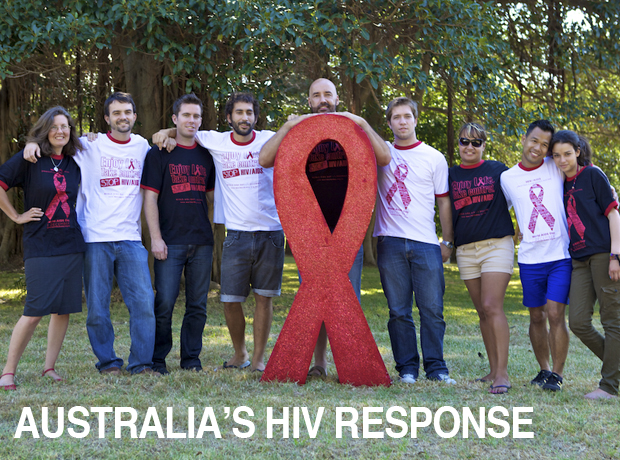HIV Media Guide
Information for journalists
Harm reduction
The principle of harm reduction has been central to Australia’s response to HIV, and has delivered clear results.
The term ‘harm reduction’ refers to a set of policies, strategies and practices that aim to reduce the negative consequences associated with the use of drugs.
Practical harm reduction strategies include needle and syringe exchange programs, peer education about safer drug use practices and drug treatment programs.
Harm reduction strategies are not intended to condone practices such as drug use but rather to acknowledge that drug use does occur and the need to reduce harms that result from it.
The principle of harm reduction supports access to necessary and proven technologies, such as new and safer injecting equipment and any other interventions shown to be effective in preventing HIV transmission.
The success of Australia’s needle and syringe programs has greatly limited the potential impact of HIV on people who inject drugs.
Needle and Syringe Programs (NSPs)
People who inject drugs are at high risk of acquiring HIV because they can inject HIV directly into their bloodstream.
Australia’s needle and syringe programs (NSPs) have been highly successful in minimising HIV transmission through injecting drug use. NSPs were introduced before HIV became endemic in Australia’s population of injecting drug users, enabling a significant preventative health strategy to be implemented in a population with low rates of HIV infection.
The Return on Investment in Needle and Syringe Programs in Australia report (Commonwealth Department of Health and Ageing, 2002) indicated that by the year 2000, an estimated 25,000 HIV infections among injecting drug users had been prevented, and that the return on investment (saving the health economy billions of dollars) many times exceeded investment in NSPs.
Similar findings were reported in the Return on Investment 2: Evaluating the cost effectiveness of needle and syringe programs in Australia report (Commonwealth Department of Health and Ageing & NCHECR, 2009), which found that during the decade 2000 to 2009, a further 32,050 HIV infections had been averted, with net financial cost savings exceeding a billion dollars.
In 2015, a Kirby Institute report on the Australian Needle and Syringe Program Survey (1995-2014) found that HIV prevalence among people who inject drugs has remained below 2.1%.






